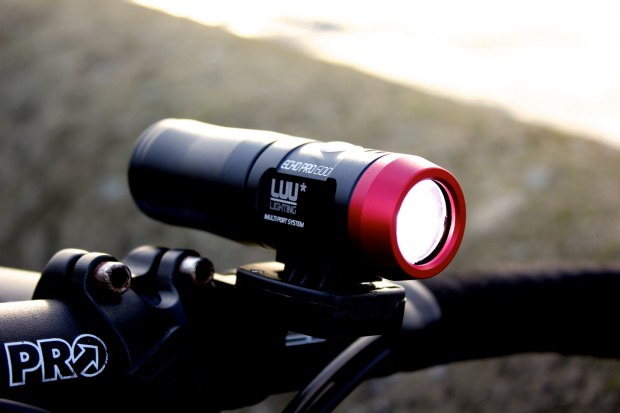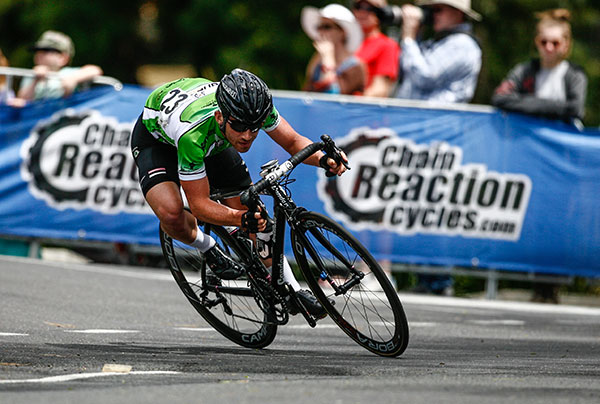Lights, action
The speed with which bicycle lights have evolved would have Charles Darwin shaking his head in wonder. In as little as five years, the wan yellow light of halide bulbs, once considered the future and ferociously expensive, has been replaced by the pure white glow of LEDs. Separate battery units – heavy, cumbersome, and connected with an unsightly network of easily-damaged cables – are increasingly a thing of the past, replaced by a single unit containing the power source and lamp. And USB charging, while far from fast, has made topping up your lights a convenient task, as easily achieved at work as from home.

The principal benefit of all these technical developments, however, is a vastly improved riding experience. The modern cyclist can ride for longer, and with better vision, than his predecessors. Rides conducted entirely at night, and on unlit roads, are now a reality, thanks to increased run times and brighter outputs. And given that winter is demarcated by a change in the clock and the subsequent reduction of daylight hours, the benefit to the cyclist hoping to keep pedalling until spring cannot be overstated.





